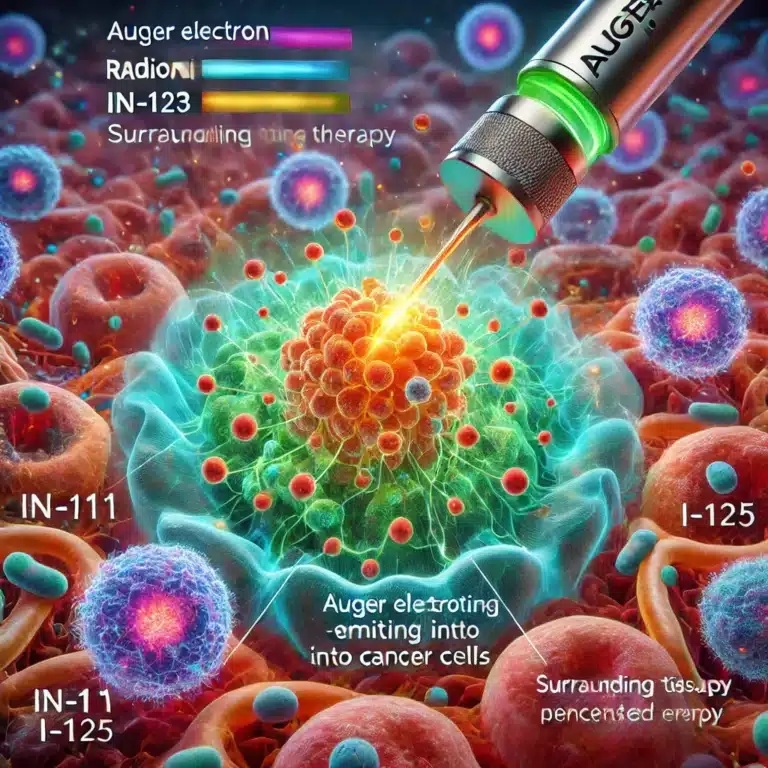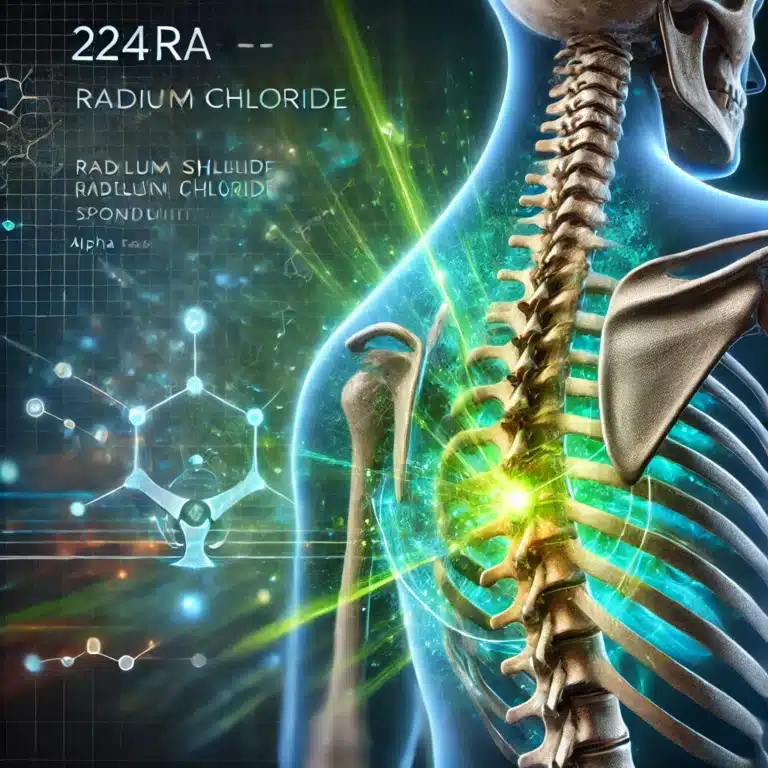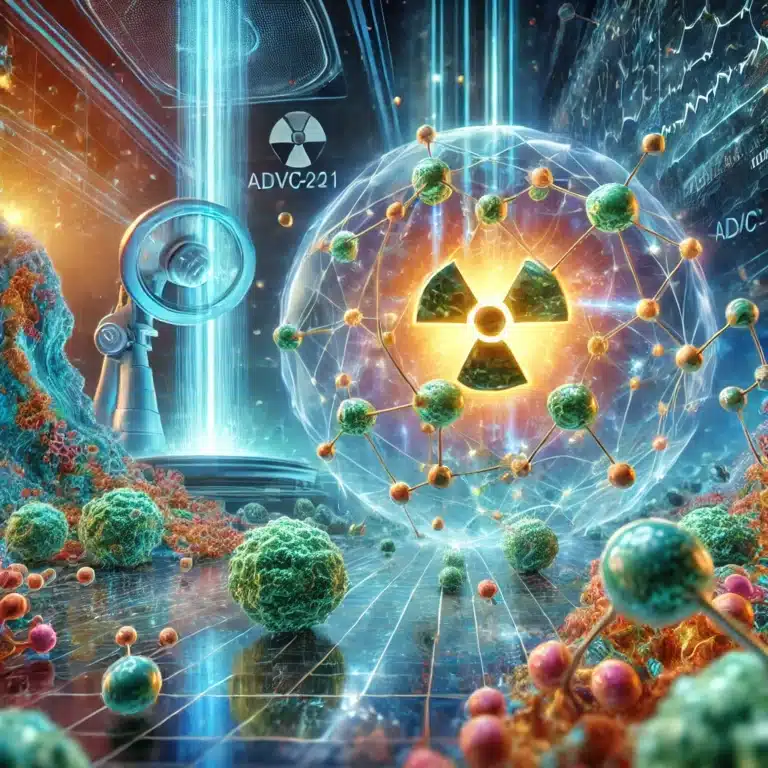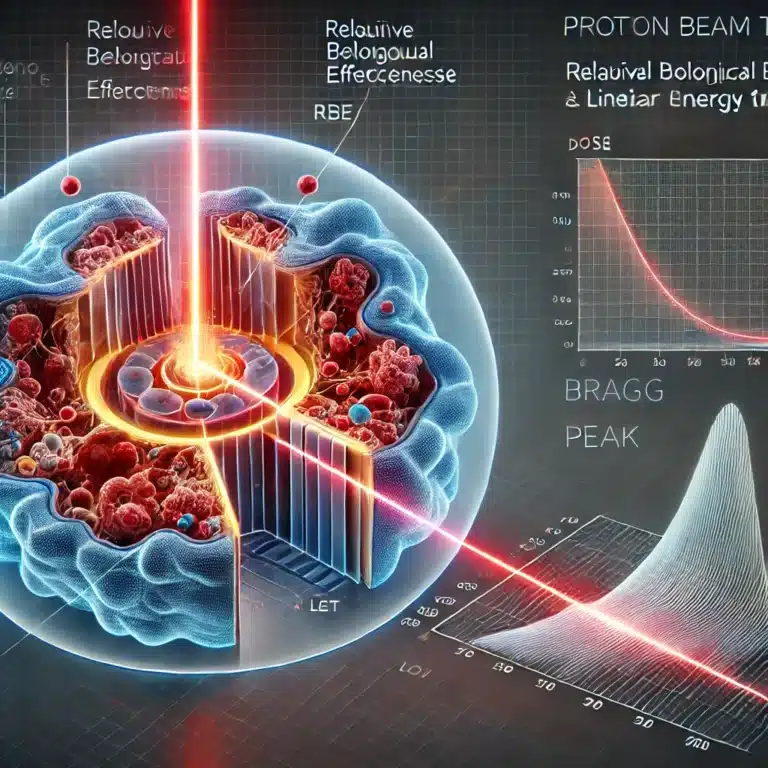Linear Energy Transfer
Linear energy transfer (LET) measures the mean rate of energy deposited along the trajectory of a charged particle by electromagnetic interactions. LET values increase as charged particles slow down. This happens as at any depth of particle range; there is a mixture of primary and secondary particles with varying energies.
Radiation can possess either high or low LET. The spectrum of LET can be relatively broad and does not necessarily follow a Gaussian distribution (normal distribution). However, it is most prominent at the Bragg peak, where the energy value for the protons, helium and heavy-ion beams occur over a depth of several millimetres in tissue.
In dosimetry, linear energy transfer represents the amount of energy ionising particles that can be transferred to the surrounding material per unit distance. It describes the action of radiation into matter. However, LET is identical to the retarding force acting on a charged ionising particle travelling through matter. LET depends on the type of radiation and material.
Subsequently, a high LET will attenuate the radiation more quickly and, in some cases, make shielding more productive, thus preventing deep penetration. Consequently, a higher concentration of deposited energy can cause more severe damage to microscopic structures near the particle track.
This Linear energy transfer effect explains why radiation damage is sometimes disproportionate to the absorbed dose in biological systems according to the Bragg peak value. Moreover, dosimetry attempts to factor in this effect by applying radiation weighting factors. The units for LET are keV/μm or MeV/cm.
You are here:
home » linear energy transfer





